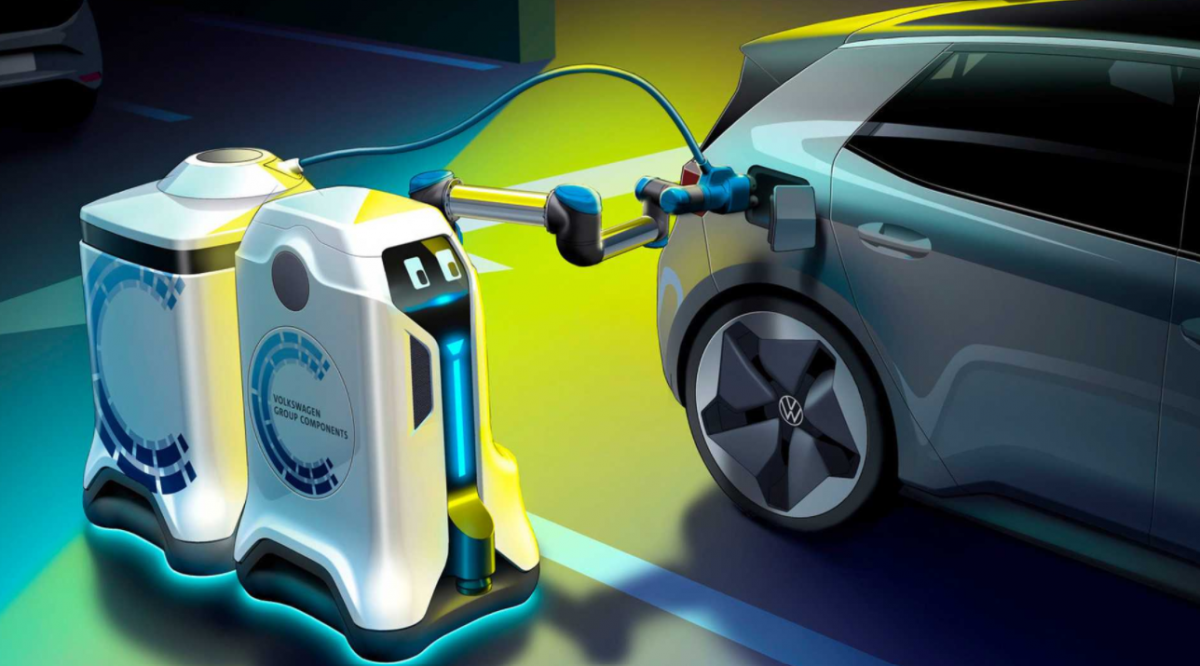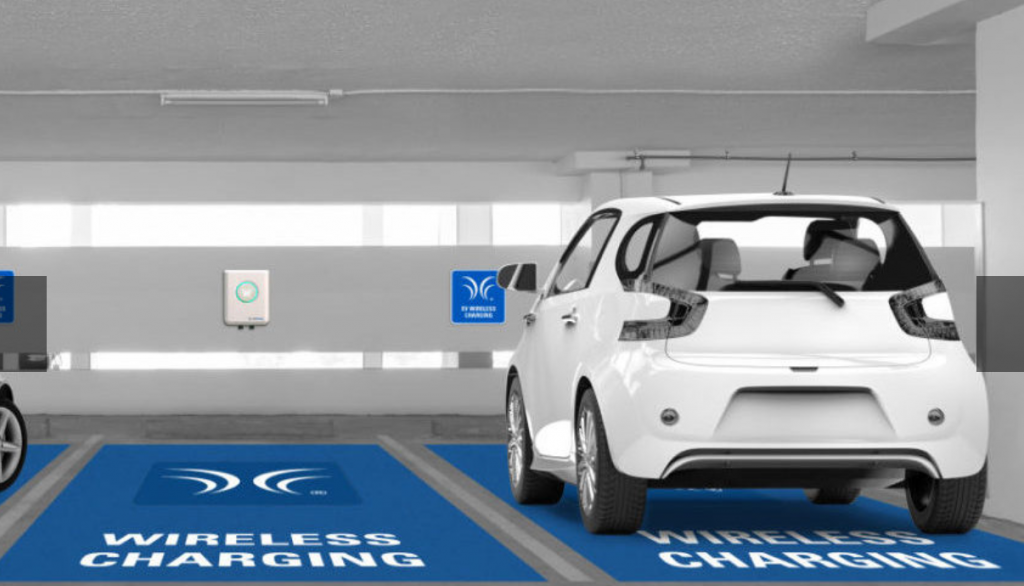
Now is the era of electric cars as more and more countries aim to combat global warming. In line with the legislation of cutting greenhouse gas emissions, the European Union proposed an effective ban on selling new petrol and diesel cars from 2035 to target a 100% cut in CO2 emissions (Carey & Steitz, 2021). It promotes the switch to zero-emission electric vehicles (EVs), which leads car manufacturers such as Volkswagen to focus on producing EVs (Volkswagen, 2019). Also, purchasing an electric car is highly recommended to customers when they are selecting a new vehicle.
More than 550,000 electric cars and 20,000 electric vans were sold in Europe in 2019, which indicates a 0.5 %-points increase in market share from 2018 (EEA, 2020). In 2019, the percentage of electric vehicles in total car registrations increased in all European countries, with the highest share in Norway (56%), and the share in the Netherlands (16%) which marked the third-highest. The leading countries in electric mobility offer various incentives that make purchasing electric vehicles a better option, such as tax reductions and exemptions for EVs and allowance to drive on the bus lanes (EEA, 2019).
As possessions of EVs has increased, there is still a lack of EV charging spots. People who own EVs sometimes encounter the situation when they get to the station to charge it, and all the chargers are occupied. To overcome the difficulties arising from EV charging stations’ limited spots, Volkswagen released a prototype design for a mobile charging robot (Volkswagen, 2020).
The robot stays in self-contained areas, such as at the corner of parking lots. Drivers can call it through an app or ‘Car-to-X communication’ to charge their EVs. The car-to-X communication indicates the car itself calls the robot. When the robot receives the request to come over, it attaches to an energy storage unit and brings it to the car. It opens the charging port, plugs the unit in, and returns to its central station to respond to the next call. When it notices the vehicle is fully charged, it accesses the car and unplugs the unit to take it back. Since the robot is designed to plan the route flexibly, it can provide the charging service as many vehicles simultaneously. A significant benefit is that it electrifies every parking space without running wires and installing a separate charger at certain spots, saving high costs (McIntosh, 2021).
Developers are also working on several other charging solutions. One such solution is wireless charging. Wireless car charging is an enhanced version of wireless smartphone charging, but there are some severe constraints. To charge a much bigger car than a smartphone, the complexity and size of the power management electronics must be enlarged. There would be another homework to accurately place the car in an accurate position to maintain the proper distance from the charger (Emilio, 2021).

Still, the solutions above are not implemented in our real lives yet. However, it should not take that long to adopt the new technologies as several automobile companies and tech companies strive to disseminate them. It will indeed thrive in your EV life!
References
Carey, N., & Steitz, C. (2021, July 14). EU proposes effective ban for new fossil-fuel cars from 2035. Reuters. Retrieved October 7, 2021, from https://www.reuters.com/business/retail-consumer/eu-proposes-effective-ban-new-fossil-fuel-car-sales-2035-2021-07-14/.
Emilio, M. D. P. (2021, May 27). Wireless Charging Technology for EVs. Power Electronics News. Retrieved October 7, 2021, from https://www.powerelectronicsnews.com/wireless-charging-technology-for-evs/.
European Environment Agency. (2020, December 3). New registrations of electric vehicles in Europe. European Environment Agency. Retrieved October 7, 2021, from https://www.eea.europa.eu/data-and-maps/indicators/proportion-of-vehicle-fleet-meeting-5/assessment.
European Environment Agency. (2019, December 10). Tax breaks and incentives make Europeans buy cleaner cars. European Environment Agency. Retrieved October 7, 2021, from https://www.eea.europa.eu/highlights/tax-breaks-and-incentives-make.
McIntosh, J. (2021, May 20). Need to charge your electric car? This robot from VW can do it for you. Driving. Retrieved October 7, 2021, from https://driving.ca/auto-news/news/need-to-charge-your-electric-car-this-robot-from-vw-can-do-it-for-you.
Volkswagen. (2020, December 28). Initial contact: The Mobile Charging Robot – presenting a vision. Volkswagen Newsroom. Retrieved October 7, 2021, from https://www.volkswagen-newsroom.com/en/press-releases/initial-contact-the-mobile-charging-robot-presenting-a-vision-6736.
Volkswagen. (2019, December 27). Volkswagen significantly raises electric car production forecast for 2025. Volkswagen Newsroom. Retrieved October 7, 2021, from https://www.volkswagen-newsroom.com/en/press-releases/volkswagen-significantly-raises-electric-car-production-forecast-for-2025-5696.
